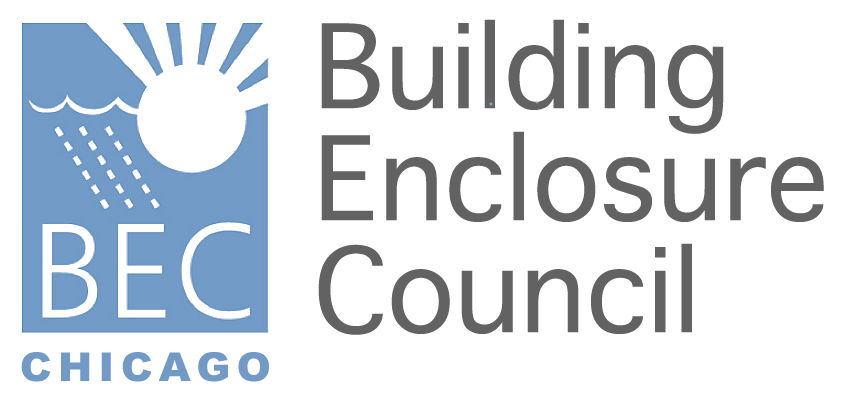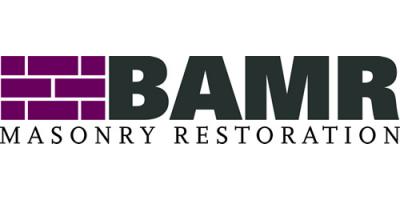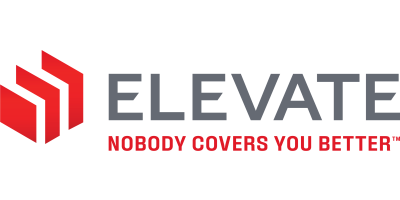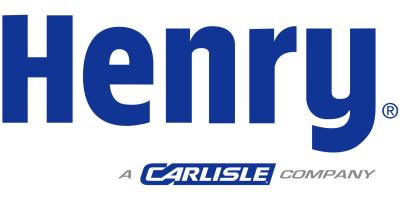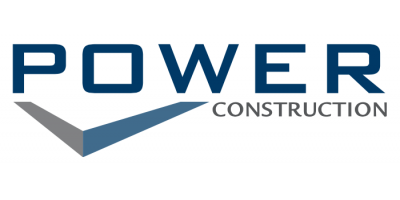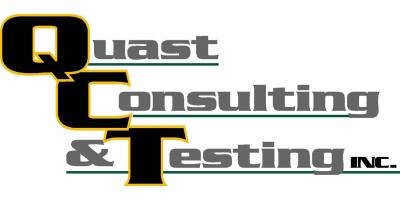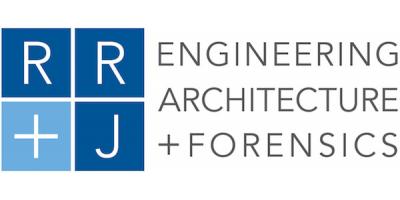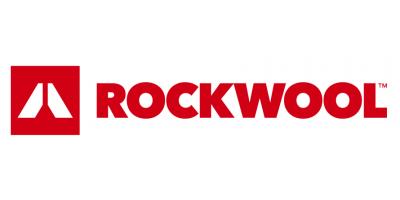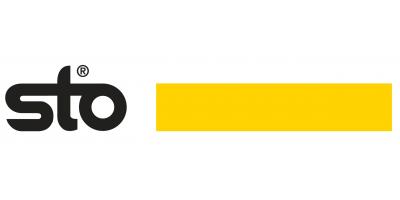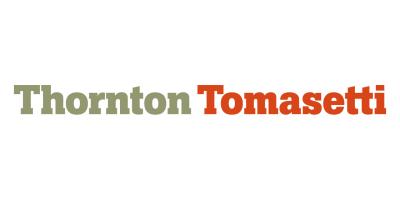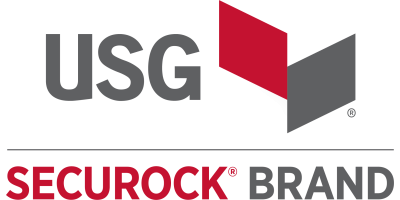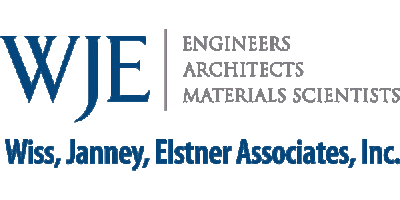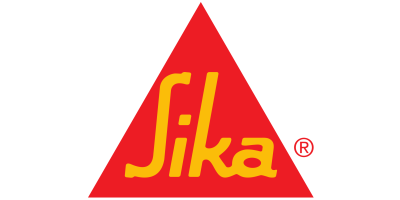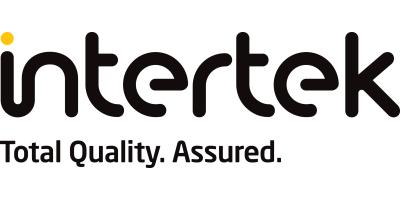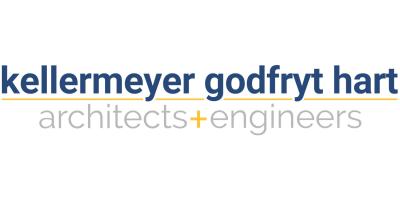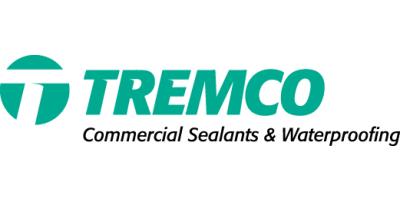| Location | Gensler's Office, 11 East Madison, Suite 300, Chicago |
High Performance Vacuum Insulated Panel Applications in Curtainwalls November 2, 2012 Chicago BEC Committee Lawrence D. (Larry) Carbary FASTM Construction Industry Scientist Dow Corning Corporation Curtainwalls are the iconic feature of any high rise building. The architectural design of the building is established and reflected in the visual features of the exterior façade of the structure. Constant challenges are presented to the architectural community to meet the needs of clients to supply the unique aesthetics to set a structure apart from others, and or designs that meet energy efficiency standards. Curtainwalls are not known for their energy efficiency as the large expanses of glass allow solar heat gain into the structure and the aluminum framing is a strong thermal short into the system that risks condensation in a humidified building in the cold climates. Super insulation in the form of a vacuum insulation panel (VIP) is finding its way into curtainwall applications to increase the energy efficiency of the wall system. The center of panel thermal conductivity, 0.0037 W/mK (R39 per inch), of these panels allows a new design flexibility to improve the energy efficiency of curtainwall spandrel sections that may in turn allow for a greater vision area and still meet the code and or client requirements. The concept and construction of VIP’s will be discussed along with current practices for incorporation into curtainwall systems. New and existing designs will be discussed along with the limitations of the technology. Examples will be given on how trade off decisions can be made. A paper was given on this topic at the BEST 3 conference in April 2012 by Larry and Andrew Dunlap of the SmithGroup (chair of the Detroit BEC), and can be reviewed online as part of the conference proceedings. Mr. Lawrence (Larry) Carbary is a Construction Industry Scientist at Dow Corning Corporation. He graduated from Michigan Technological University with Bachelor of Science in Chemical Engineering in 1982 and joined Dow Corning. He began working on the development and application of one and two part silicone sealant technologies for the construction industry. During his 30 year career he has been located in Fremont California, Seoul Korea and Midland Michigan. He is currently the senior member of Dow Corning’s Construction Technical Service Staff working on new technologies for commercial façade insulation, sealing and glazing techniques. He is internationally recognized with more than 25 publications for ASTM and construction trade Journals on the topics of curtainwall sealing, aesthetic considerations and restoration. He has given more than 30 presentations at national and international organizations such as ASTM, CSI, SWRI, Glass Performance Days, BEST Conferences, the Chicago AIA Technical Committee, and the Boston Society of Architects. He is the lead delegate for the US on ISO TC 59/SC 8 International committee on Building Sealants and is the US working group expert on ISO TC 163/WG 5 on vacuum insulation panels. He is very active within ASTM C 24 Committee on Building Sealants as demonstrated by his chairmanship of ASTM C24.87 International Standards, ASTM C24.30 Adhesion, his election into the ASTM C24 Sealants Hall of Fame in 2005, and a recipient of the ASTM Award of Merit with accompanying title of Fellow of ASTM in 2007. Currently he is the principal investigator of the US Department of Energy AARA project DE-EE0003915 on high performance facades as part of his work on high performance insulation systems for commercial construction.
